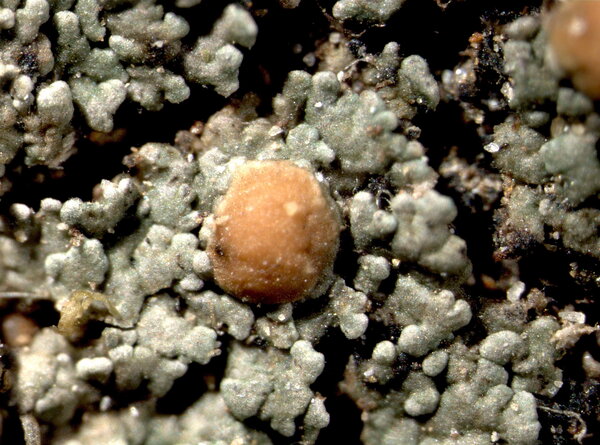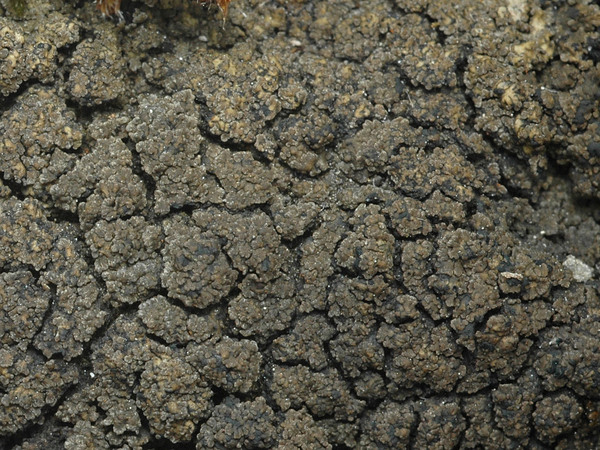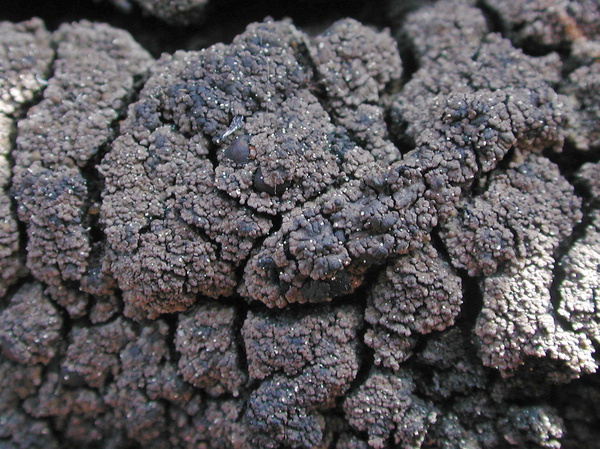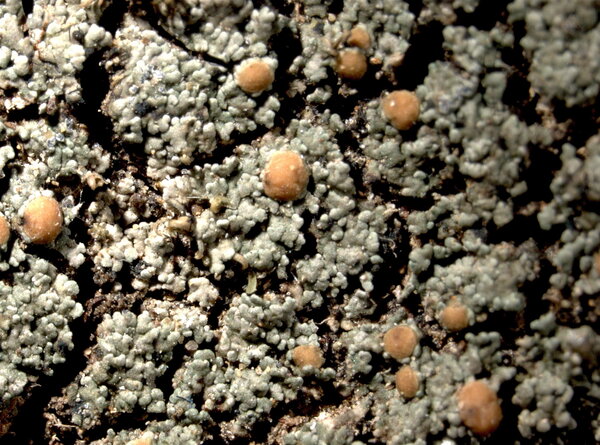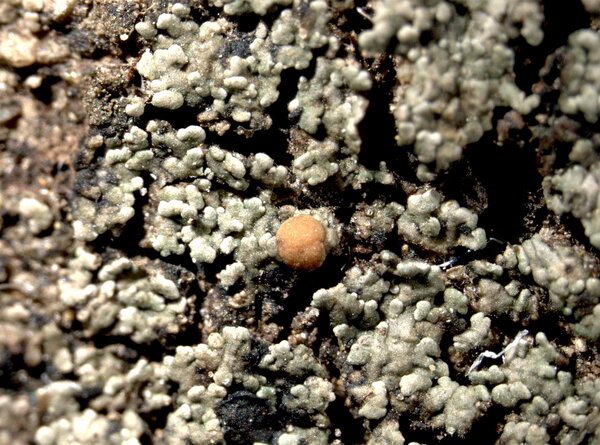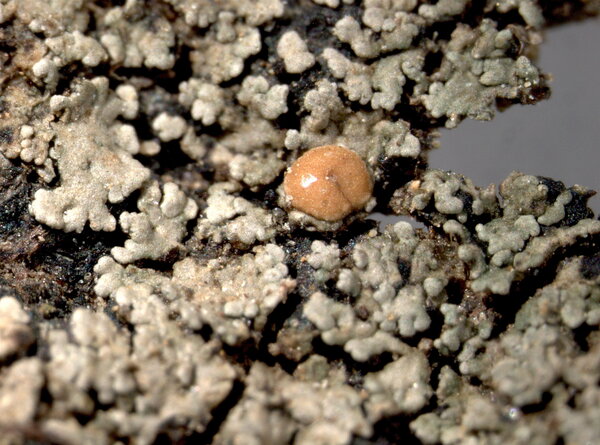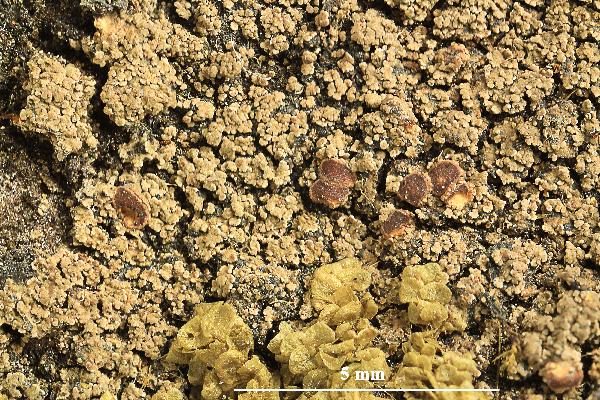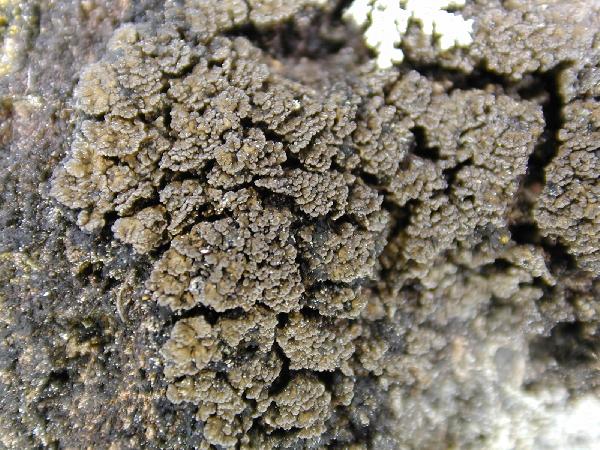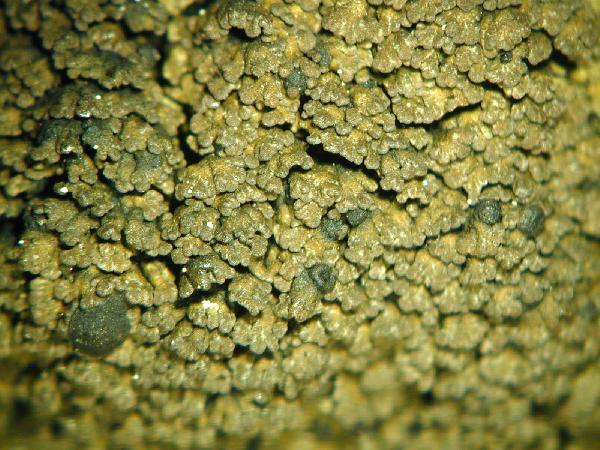Vahliella leucophaea (Vahl) P.M. Jørg.
Lichenologist, 40: 224, 2008. Basionym: Lichen leucophaeus Vahl - Fl. Dan., 6, 16: 8, 1787.
Synonyms: Biatora microphylla (Sw.) Ach.; Collema microphyllum (Sw.) DC.; Fuscopannaria leucophaea (Vahl) P.M. Jørg.; Lecidea microphylla (Sw.) Ach.; Lecidea microphylla var. swartzii Schaer.; Lichen picinus Ach.; Massalongia cheilea Mudd; Moelleropsis nebulosa f. taborensis Gyeln.; Pannaria austriaca Zahlbr.; Pannaria leucophaea (Vahl) P.M. Jørg.; Pannaria microphylla (Sw.) A. Massal.; Pannaria microphylla f. lecanorina Gyeln.; Pannaria microphylla var. pseudocraspedia Hazsl.; Parmeliella pseudocraspedia (Hazsl.) Gyeln.
Distribution: N - Ven (Nascimbene & Marini 2010), TAA (Nascimbene 2005b, 2008b, Nascimbene & al. 2022), Lomb, Piem (Isocrono & al. 2004), VA (Piervittori & Isocrono 1999), Emil (Fariselli & al. 2020), Lig. C - Tosc (Tretiach & Nimis 1994, Benesperi 2011), Marc (Nimis & Tretiach 1999), Laz, Sar (Zedda 2002). S - Camp, Pugl, Cal (Puntillo 1996).
Description: Thallus crustose to subsquamulose, heteromerous, forming an up to 2 cm wide crust-like cover on a thin, blue-black hypothallus. Squamules to 1.5(-2) mm wide, remaining discrete at the margin of the crust, often imbricate in central parts, grey-brown to dark brown or almost black, indented. Upper cortex paraplectenchymatous with irregularly thickened cell walls, 15-20 µm thick; medulla white, loose, gradually merging into rhizohyphae; lower cortex absent. Apothecia common, to 1 mm across, with a brown to blackish, flat to convex disc and an often only partially developed, finally excluded thalline margin. Exciple variously developed, up to 60 µm thick, subparaplectenchymatous; epithecium brown-black; hymenium colourless, 100-120 µm high, hemiamyloid, I+ blue-green turning red-brown; paraphyses simple, the apical cells clavate; hypothecium colourless. Asci 8-spored, clavate to subcylindrical, with a thin densely amyloid layer capping the endoascus and an amyloid exoascus, but no other densely amyloid internal structures. Ascospores 1-celled, hyaline, lacking an epispore, with internal oil droplets, 13-18 x 5-6 µm. Pycnidia very rare, immersed. Conidia bacilliform. Photobiont cyanobacterial (Nostoc, the cells in clusters). Spot tests: cortex and medulla K-, C-, KC-, P-, UV-. Chemistry: without lichen substances. Note: on basic siliceous rocks in sheltered and humid situations, such as in seepage tracks; most frequent in the Alps. An earlier record from Venezia Giulia (see Nimis 1993: 468) is excluded, as it was actually from Slovenian territory.
Growth form: Squamulose
Substrata: rocks
Photobiont: cyanobacteria, filamentous (e.g. Nostoc, Scytonema)
Reproductive strategy: mainly sexual
Commonnes-rarity: (info)
Alpine belt: absent
Subalpine belt: rare
Oromediterranean belt: extremely rare
Montane belt: rare
Submediterranean belt: extremely rare
Padanian area: absent
Humid submediterranean belt: rare
Humid mediterranean belt: extremely rare
Dry mediterranean belt: absent
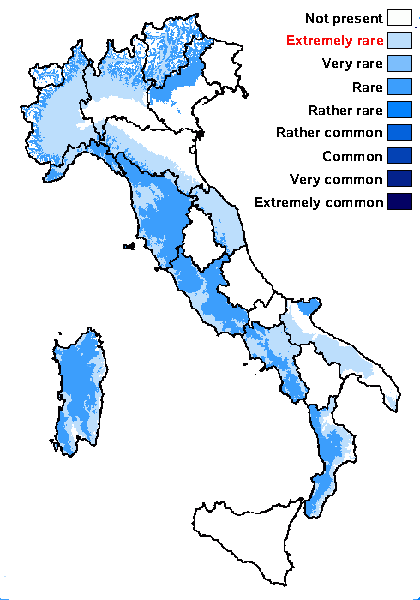
Predictive model
Herbarium samples
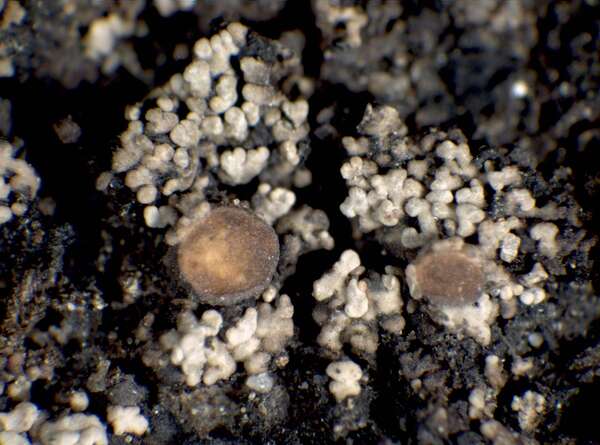

P.L. Nimis; Owner: Department of Life Sciences, University of Trieste
Herbarium: TSB (15400)
2001/11/28
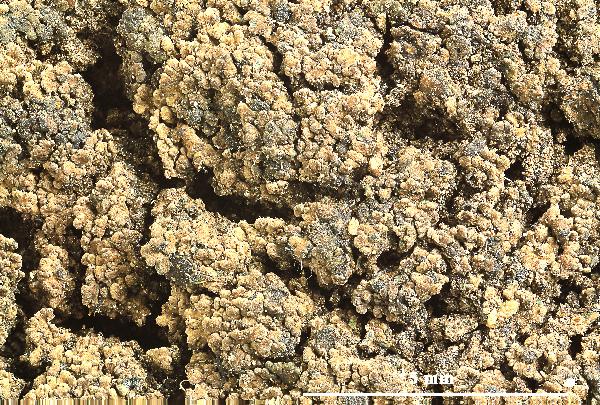

Felix Schumm - CC BY-SA 4.0
[1045], Österreich, Niedere Tauern, Donnersbacher Alpen, Morsbachhütte,
Hang in ca. 1500 m links vom Morsbach. Leg. E. Putzler,
12.08.1954, det. E. Putzler.
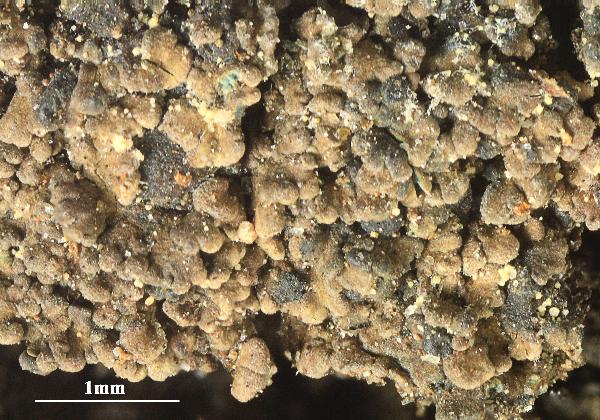

Felix Schumm - CC BY-SA 4.0
[1045], Österreich, Niedere Tauern, Donnersbacher Alpen, Morsbachhütte,
Hang in ca. 1500 m links vom Morsbach. Leg. E. Putzler,
12.08.1954, det. E. Putzler.
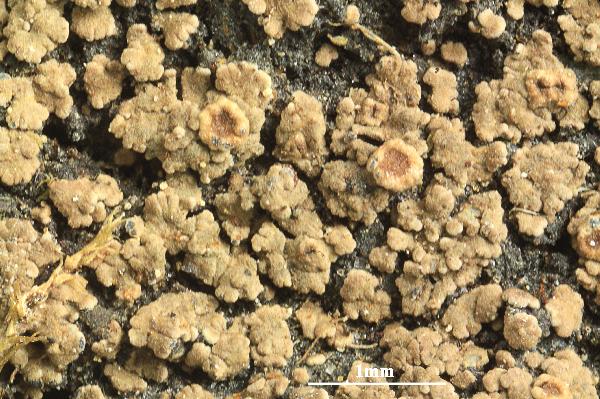

Felix Schumm - CC BY-SA 4.0
[5756], Canada, Ontario, Ridgeview Campground, Sharbot Lake Provincial
Park. Olden Tp. UTM Grid Reference: c363500 4958700,
Frontenac County. On sheltered rocks. Leg, S. R. Olszewski,
09.08.1989 [No. 2509b], det. S. R. Olszewski, 29.03.1999.
Growth form: Squamulose
Substrata: rocks
Photobiont: cyanobacteria, filamentous (e.g. Nostoc, Scytonema)
Reproductive strategy: mainly sexual
Commonnes-rarity: (info)
Alpine belt: absent
Subalpine belt: rare
Oromediterranean belt: extremely rare
Montane belt: rare
Submediterranean belt: extremely rare
Padanian area: absent
Humid submediterranean belt: rare
Humid mediterranean belt: extremely rare
Dry mediterranean belt: absent

Predictive model
| Herbarium samples |


P.L. Nimis; Owner: Department of Life Sciences, University of Trieste
Herbarium: TSB (15400)
2001/11/28


Felix Schumm - CC BY-SA 4.0
[1045], Österreich, Niedere Tauern, Donnersbacher Alpen, Morsbachhütte, Hang in ca. 1500 m links vom Morsbach. Leg. E. Putzler, 12.08.1954, det. E. Putzler.


Felix Schumm - CC BY-SA 4.0
[1045], Österreich, Niedere Tauern, Donnersbacher Alpen, Morsbachhütte, Hang in ca. 1500 m links vom Morsbach. Leg. E. Putzler, 12.08.1954, det. E. Putzler.


 INDEX FUNGORUM
INDEX FUNGORUM
 GBIF
GBIF
 DOLICHENS
DOLICHENS
